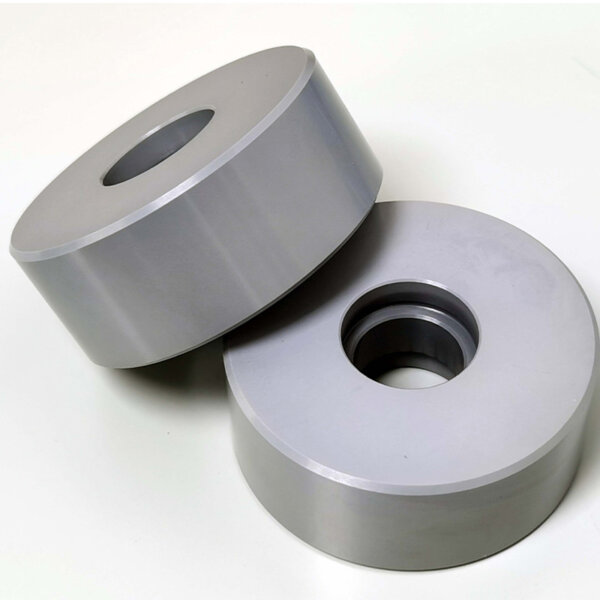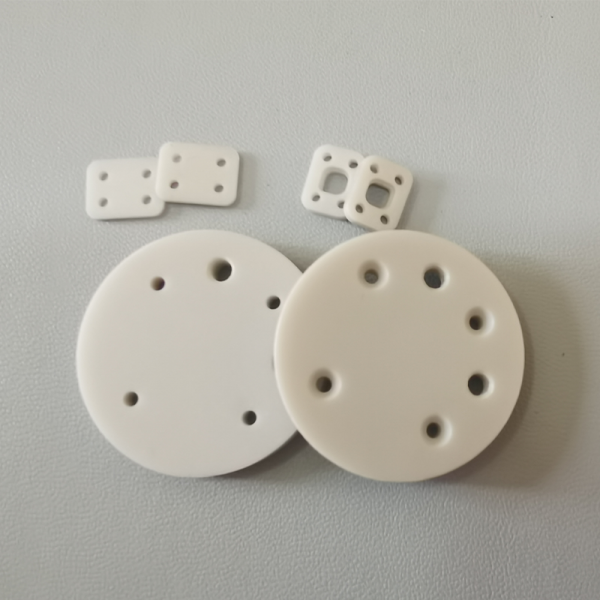Introduction to Thermal Shock Resistance of Ceramics
The thermal shock resistance of ceramics is a crucial characteristic that influences their application in various fields. Ceramics are known for their robustness and utility in extreme conditions. However, the capacity of these materials to withstand sudden temperature changes is significantly important. When assessing the thermal shock resistance, one must consider the material’s ability to avoid cracking or deformation when exposed to thermal stresses. Understanding these properties not only aids in selecting the right ceramic materials but also enhances their performance in practical applications. For more detailed insights, refer to the thermal shock resistance of ceramics resource.

Understanding Thermal Shock in Ceramics
Thermal shock in ceramics refers to the physical stresses encountered when a ceramic material experiences a rapid temperature shift. This abrupt change can induce differential expansion or contraction within the material, potentially leading to cracking or structural failure. The phenomena of thermal shock can be found in various scenarios, such as an oven where ceramic dishes are exposed to fluctuation in temperature. Addressing these challenges is vital for maintaining the integrity and functionality of ceramic products. Therefore, recognizing the impact of thermal shock in ceramics is essential for manufacturers and end-users alike.
Exploring What Is Thermal Shock Resistance
What is thermal shock resistance? This refers to the ability of a ceramic material to endure rapid temperature fluctuations without sustaining damage. The properties of thermal shock resistance are determined by various factors, including the material’s composition, microstructure, and stress distribution. Understanding what contributes to thermal shock resistance enables manufacturers to create more resilient ceramics for high-performance applications. In various industries, where thermal stability is critical, knowing what is thermal shock resistance can guide the proper selection of ceramic materials.
Conclusion: The Advantages of Choosing Great Ceramic
Summarizing the above discussions, it is clear that the thermal shock resistance of ceramics plays an indispensable role in the durability and effectiveness of ceramic materials across industries. Understanding thermal shock in ceramics and grasping the concept of what is thermal shock resistance enables better decision-making for applications in demanding environments. For those seeking reliable ceramic products with exceptional thermal shock resistance, Great Ceramic is a notable manufacturer, offering superior materials with distinct supply advantages. Whether for industrial use or specialized applications, their commitment to quality ensures optimal performance in any scenario.

Expanded Content and Recommendations
In addition to understanding the thermal shock resistance of ceramics and its implications, it is essential to evaluate how advancements in material science are enhancing these properties. Innovations in ceramic processing techniques, such as the use of composite materials and advanced sintering methods, are continuously improving thermal endurance. The collaboration between researchers and manufacturers also plays a vital role in developing ceramics with exceptional functionalities tailored to specific applications. By selecting materials with proven thermal shock resistance, stakeholders can minimize maintenance costs and extend the lifecycle of their products, producing more value and sustainability in their operations.
Moreover, the challenges posed by thermal shock in ceramics compel manufacturers to adopt rigorous testing and quality assurance methodologies to confirm the reliability of their products. Through comprehensive thermal testing, manufacturers can match their materials to the specific thermal requirements of various environments. This proactive approach not only mitigates risks associated with thermal stress but also promotes consumer confidence in ceramic products. Therefore, stakeholders should partner with reputable manufacturers who prioritize quality and innovation.
Furthermore, the exploration of what constitutes thermal shock resistance unveils a pathway toward enhancements in material design, leading to various applications in engineering and technology. As endeavors continue in research and development, the awareness and education surrounding these concepts will foster improved practices in material selection and performance evaluations. Embracing knowledge about thermal shock resistance can lead to innovations that reshape various industries and their reliance on ceramics, enhancing both safety and efficiency.
Ultimately, as we summarize the imperative nature of thermal shock resistance in ceramic applications, it becomes evident that a partner like Great Ceramic offers compelling advantages. Not only do they provide superior products, but they also embrace a customer-centric approach, ensuring their clients receive tailored solutions that meet diverse needs. As industries advance, aligning with reliable manufacturers like Great Ceramic will be crucial in achieving success.
